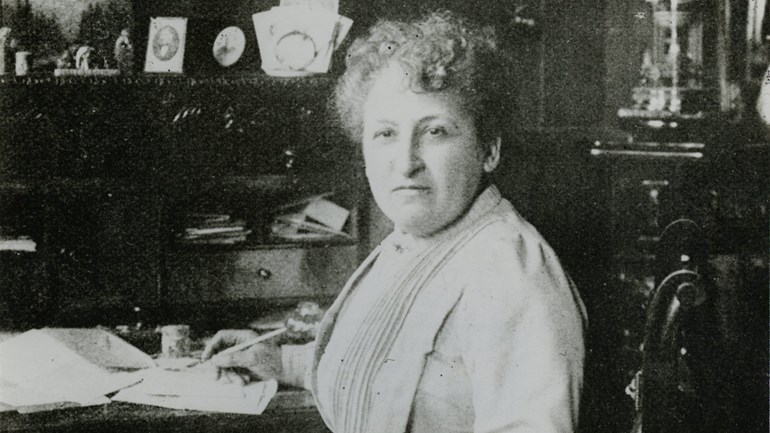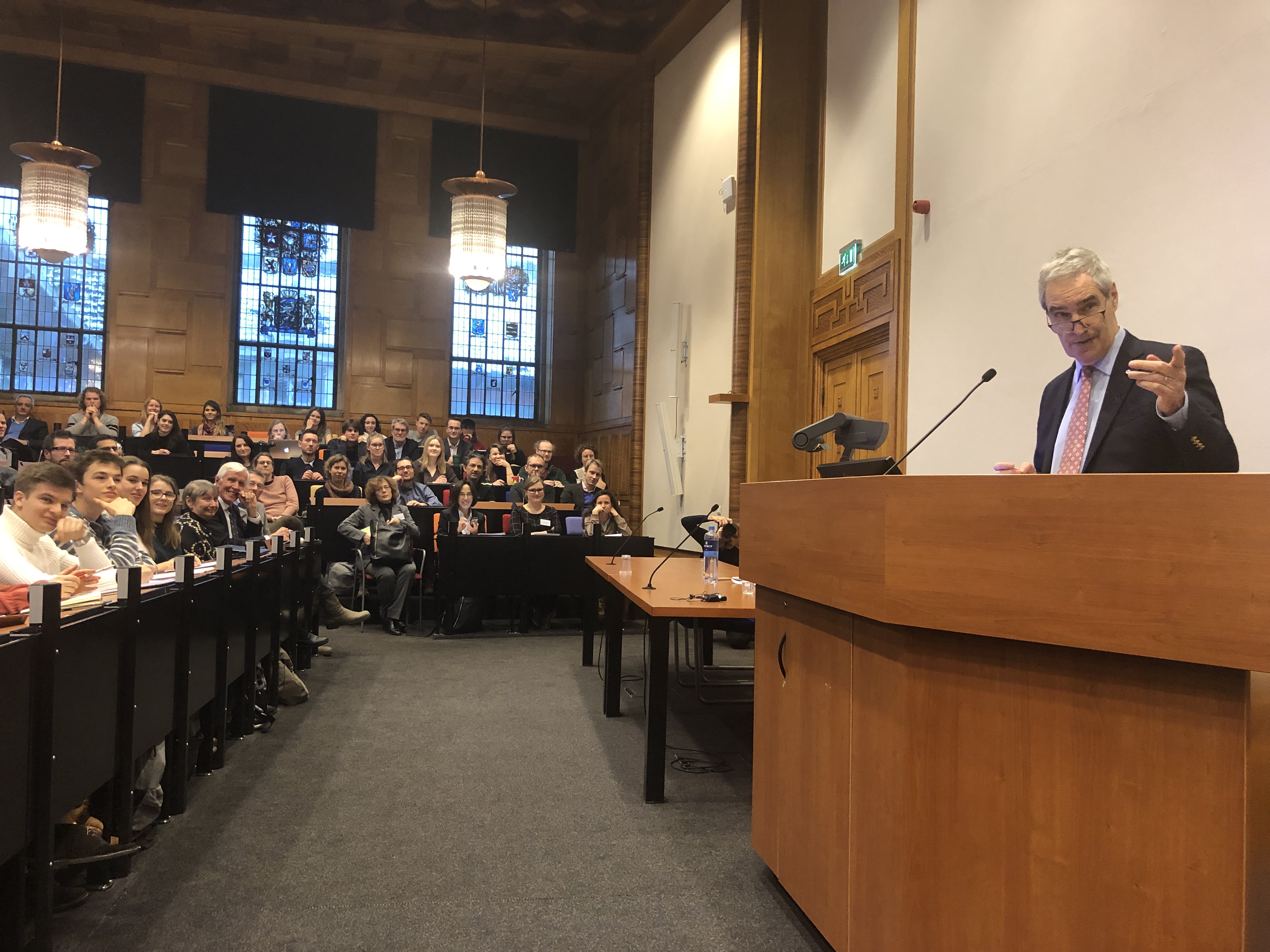Vergelijkende rechtsgeschiedenis

Historici in vergelijkend recht houden zich niet puur bezig met rechtsgeschiedenis of puur vergelijkend recht. Het resultaat van hun onderzoeksdeskundigheid is meer dan louter het samenvoegen van twee componenten. (Engelstalige blog)
Is it time to speak of an autonomous discipline?
Comparative legal history can be deemed an autonomous discipline, even when legal history and comparative law are its two interrelated building blocks. Already in the nineteenth century, Édouard Lambert acted both as a legal historian and as a comparatist in France; while, in Spain, Rafael Altamira advocated for the teaching of foreign history and comparative legislation. In Italy, since the second half of the twentieth century, Rodolfo Sacco has averred that “the comparative perspective is historical par excellence.” These bi-dimensional studies no longer belong exclusively to the domain of comparative law or legal history. Researchers who follow the comparative legal historical path can claim independence from the two building blocks.
Different definitions have been offered for comparative legal history. A hereby-proposed definition for comparative legal history understands the discipline as the study of external and/or internal aspects of law necessarily undertaken across different time periods and jurisdictions. A comparative legal historical study needs to comply with both requirements: a study of an aspect of the law in at least two different time periods and at least in two different jurisdictions. Comparative legal historical studies require research across the vertical and horizontal axes, accordingly. It should be noticed that the circulation of ideas or the flow of paradigms can only be fully grasped by using a comparative legal historical approach.
Figure 1 provides an illustration of a comparative legal historical study.
That example addresses three jurisdictions across three different time periods:
Jurisdiction 1 Jurisdiction 2 Jurisdiction 3
Time 1 x x x
Time 2 x x x
Time 3 x x x
-----------------------------------------------------------------------
Figure 1
A study that compares an aspect of the law at a given time, yet in different jurisdictions would be a comparative law study that may benefit from the use of the legal historical method to better understand that specific aspect of the law at that specific time period. Figure 2 provides an illustration of a comparative law study that addresses three jurisdictions across a single time period:
Jurisdiction 1 Jurisdiction 2 Jurisdiction 3
Time 1
Time 2 x x x
Time 3
--------------------------------------------------------------------------
Figure 2
Finally, a study that compares an aspect of the law at a given jurisdiction, yet at different time periods would be a legal historical study that may benefit from the use of the comparative method to contrast that specific aspect of the law in that specific jurisdiction. Figure 3 provides an illustration of a legal historical study that addresses one jurisdiction across three time periods:
Jurisdiction 1 Jurisdiction 2 Jurisdiction 3
Time 1 x
Time 2 x
Time 3 x
-----------------------------------------------------------------------
Figure 3
Comparative legal historians do not undertake pure legal history or pure comparative law. The product of their research experience – that benefits from the techniques and approaches used in both disciplines – is more than the mere addition of the two building blocks: it provides a means to understand the evolution of legal science across time and space in a collegiate way. A division into external and internal comparative legal history may facilitate the study of the discipline. External comparative legal history deals with the sources of law (eg, legislative enactments, customs, doctrine, jurisprudence) and of socio-political events that explain the law at different times and in different jurisdictions. Internal comparative legal history, building on the external component, deals with the transformations of aspects of the law (eg, contract law, torts) across time and space.
David Ibbetson correctly pointed that comparisons in time and space can help unveil why events took place and not only what events took place. Those comparisons can also help to identify a precedent (where an aspect of law may originate), a subsequent (where an aspect of law may lead), and a concordance or difference (degrees of parallelism). These studies help to understand the law at a specific time and place, while locating that same law within a broader context, assisting in better understanding its traits.
Published on Law Blogs Maastricht
-
 A. PariseMeer artikelen van A. Parise
A. PariseMeer artikelen van A. PariseAgustín Parise (Buenos Aires, Argentina) is Associate Professor of Law and Chair of the Faculty Council at the Faculty of Law of Maastricht University. He received his degrees of LL.B. (abogado) and LL.D. (doctor en derecho) at Universidad de Buenos Aires (Argentina), where he was Lecturer in Legal History during 2001-2005. He received his degree of LL.M.
Andere blogs:
Lees ook
-
De afgelopen maanden had iedereen de kans om mee te doen aan de poll voor het geven van een naam aan onze onderwijsgroepskamers. Dat leidt tot een keuze die recht doet aan diversiteit in vakgebied, nationaliteit, geslacht en type naam.
-
Afgelopen vrijdag vierde de universiteit haar 43ste verjaardag. Dat was voor universiteit en faculteit een prachtige en feestelijke bijeenkomst. Niet alleen werden prijzen uitgereikt voor de beste juridische scripties, ook kreeg Michael Ignatieff een eredoctoraat uit handen van Prof. Monica Claes.
-
Als we ons eigendomsrecht vanuit een duurzaamheidsgedachte gaan bezien en een positieve duurzaamheidsverplichting als in het eigendomsrecht besloten lezen, dan maken de Staat en de NAM misbruik van hun recht door gas te blijven winnen.


